Precautions During Semen Thawing in Cattle
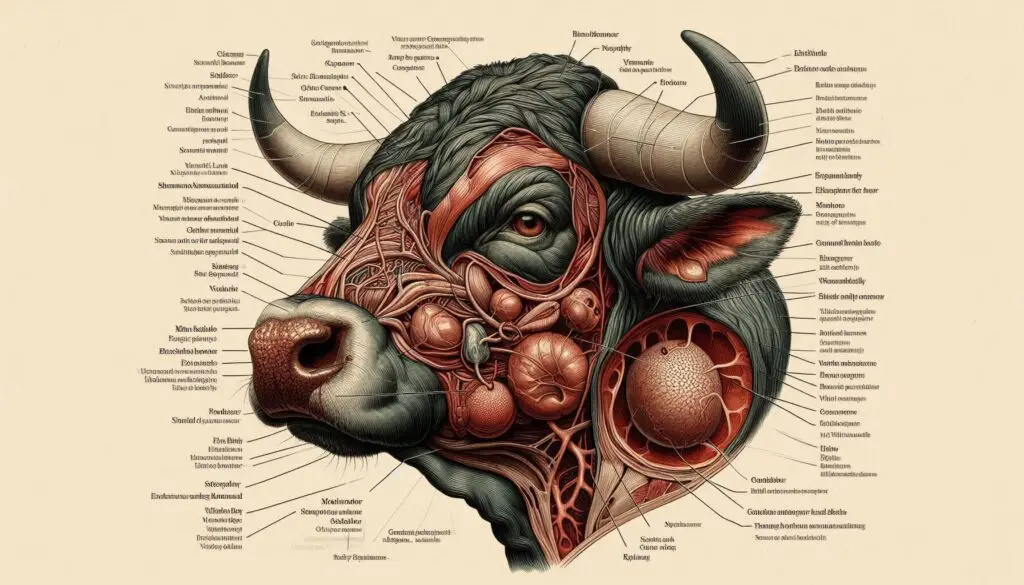
Thawing frozen semen is a critical step in artificial insemination (AI) for cattle. Proper techniques can significantly increase the chances of successful conception. In this article, we will explore the essential precautions to take during the thawing process. We will also discuss best practices that can help ensure the viability of sperm cells.
Understanding the Importance of Proper Thawing
Why Thawing Matters
Thawing frozen semen correctly is vital for maintaining sperm viability. According to research from the University of Florida, improper thawing can lead to decreased fertility rates. Sperm cells are sensitive to temperature changes, and even a slight mistake can compromise their ability to fertilize an egg.
The Science Behind Semen Freezing
Freezing semen involves a complex process that protects sperm cells from damage. Cryoprotectants are used to prevent ice crystal formation, which can rupture cell membranes. When thawed improperly, these protective measures can fail, leading to poor outcomes. For more information on the science of semen freezing, visit The National Animal Breeding Center.
Precautions During Semen Thawing
1. Minimize Exposure to Ambient Temperatures
Limit Time Outside Liquid Nitrogen (LN)
When retrieving semen straws, speed is crucial. Limit the time straws spend outside the LN tank. Ideally, you should retrieve them quickly and return them below the frost line within 10 seconds. This practice helps maintain optimal temperatures and protects sperm viability.
Use Tweezers for Retrieval
Always use tweezers when handling straws. Direct contact with hands can cause frostbite and contamination. By using tweezers, you reduce the risk of damaging the straws or compromising the sperm.
2. Proper Thawing Techniques
Thawing Temperature and Duration
Thaw semen straws in warm water between 90°F and 98°F (32°C – 37°C). The ideal duration for thawing is around 30 to 45 seconds. Avoid exceeding 15 minutes as prolonged exposure can harm sperm cells. Regularly calibrate thermometers used for monitoring thaw water temperature to ensure accuracy.
For more detailed guidelines on thawing techniques, refer to The American Association of Bovine Practitioners.
Avoid Improper Thawing Locations
Never thaw semen in pockets or directly in cows. These methods result in slow thaw rates that compromise sperm viability. Always use a controlled water bath for optimal results.
3. Handling Multiple Straws
Thaw One Straw at a Time
If you need to thaw multiple straws, do so carefully to avoid them freezing together. Use a larger volume of water (more than 1 quart) and agitate it to maintain even temperatures. However, it is generally recommended to thaw one straw at a time to maximize conception rates.
4. Post-Thaw Handling
Dry the Straw Completely
After thawing, dry the semen straw with a clean paper towel before loading it into the insemination gun. Water is lethal to sperm cells and can drastically reduce fertility rates.
Timely Insemination
Aim to inseminate cows within 15 minutes after thawing. Delays can negatively impact conception rates. The sooner you inseminate after thawing, the better the chances of successful fertilization.
5. Avoid Contamination
Protect from Sunlight
When handling thawed semen, protect it from direct sunlight using a cloth or paper towel. Ultraviolet light can damage sperm cells and reduce their viability.
Use Approved Lubricants
If lubrication is necessary during insemination, use only non-spermicidal lubricants. Many soaps and detergents can be harmful to sperm viability.
6. Training and Best Practices
Ensure that all personnel involved in AI are adequately trained in proper semen handling techniques. Regular training sessions on best practices can help maintain high standards in AI operations.
Additional Considerations
Understanding Sperm Viability
Sperm viability is influenced by several factors during the thawing process. Temperature fluctuations can lead to oxidative stress, which damages sperm DNA and reduces fertility potential (source).
Monitoring Sperm Quality
Regularly monitor sperm quality through motility assessments and other tests before and after thawing. This practice helps identify any issues early on.
Utilizing Technology for Better Results
Consider using advanced technology such as computer-assisted sperm analysis (CASA) systems for precise assessment of sperm quality post-thaw (source). These tools provide valuable insights into motility and morphology.
Conclusion
Thawing frozen semen properly is essential for successful artificial insemination in cattle. By following these precautions and best practices, you can significantly enhance fertility rates in your herd. Remember that every step counts—from minimizing exposure to ambient temperatures to ensuring timely insemination after thawing.
For further reading on this topic, visit The National Dairy FARM Program for resources on improving reproductive efficiency through proper AI techniques.
More from Animal Reproduction:
https://wiseias.com/bulbourethral-glands-bulls/
https://wiseias.com/electroejaculation-bulls/
https://wiseias.com/semen-quality-cattle/

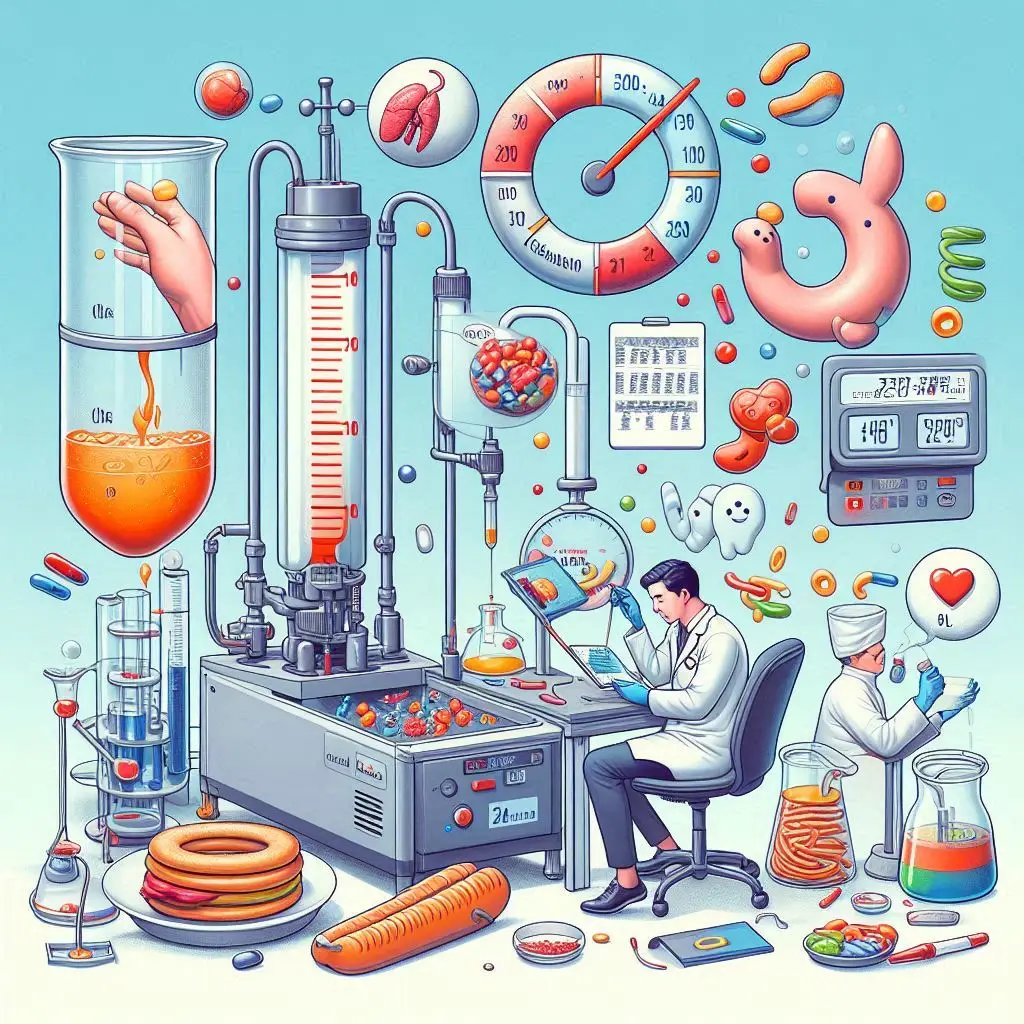
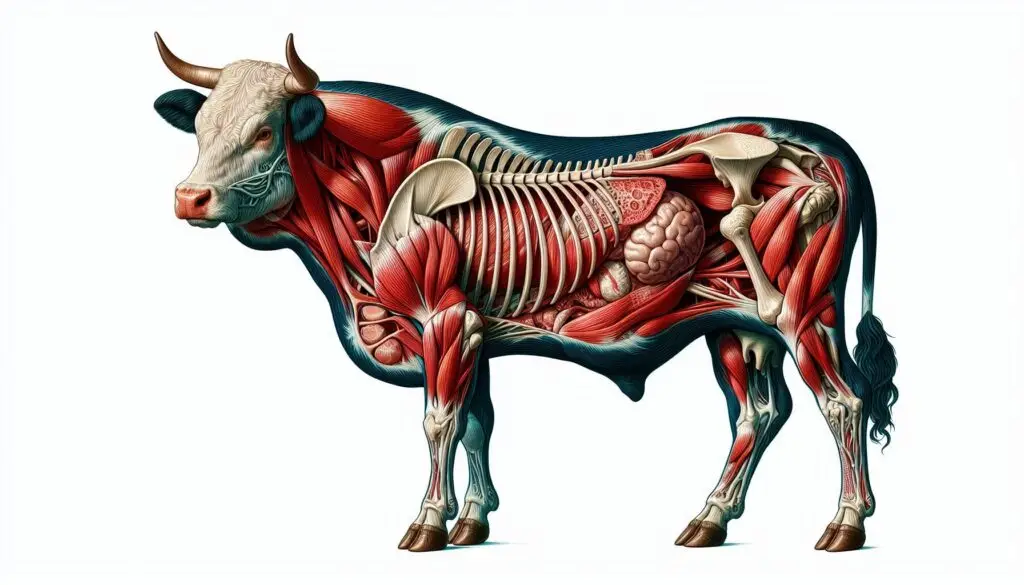
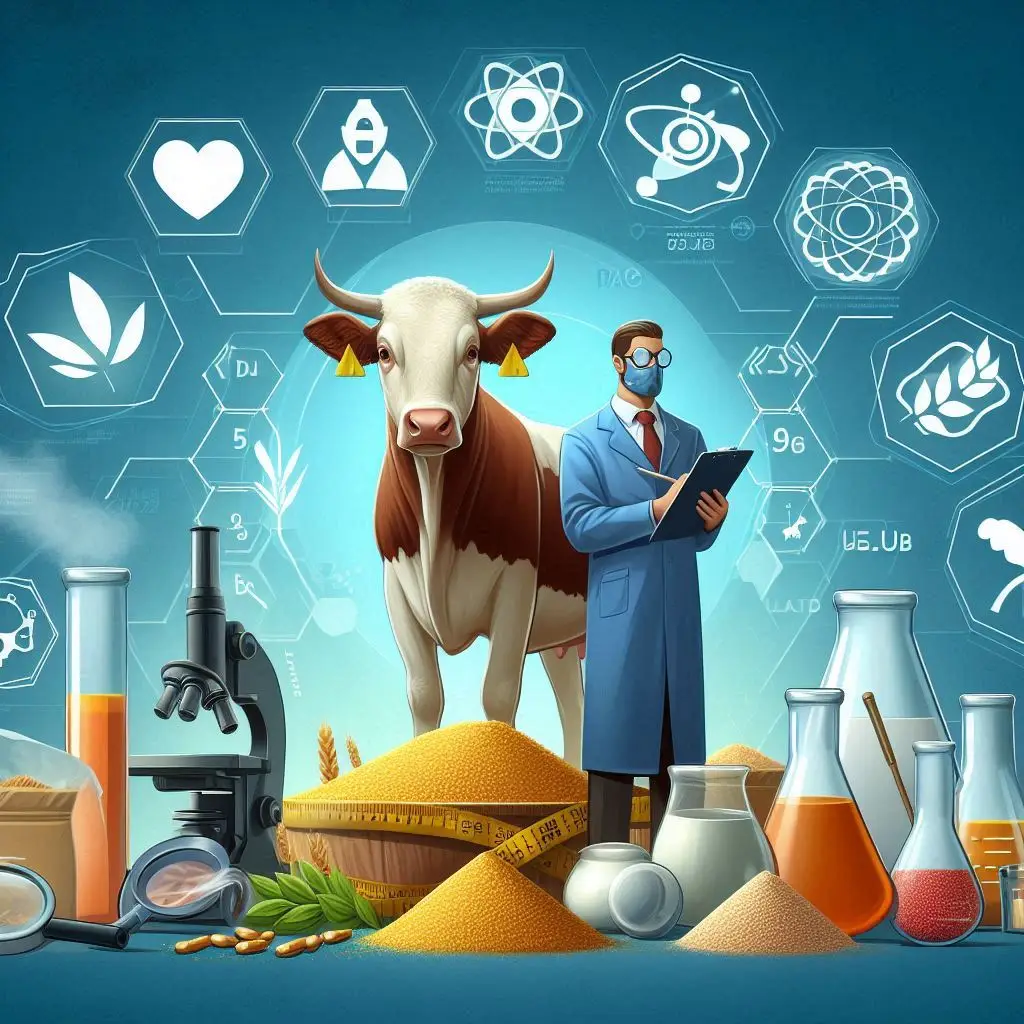
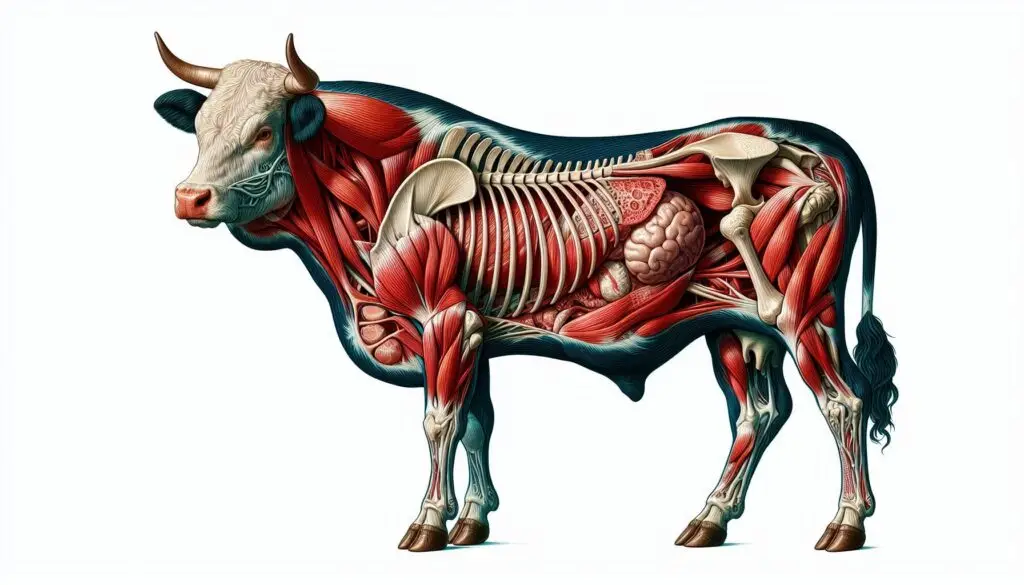

Responses